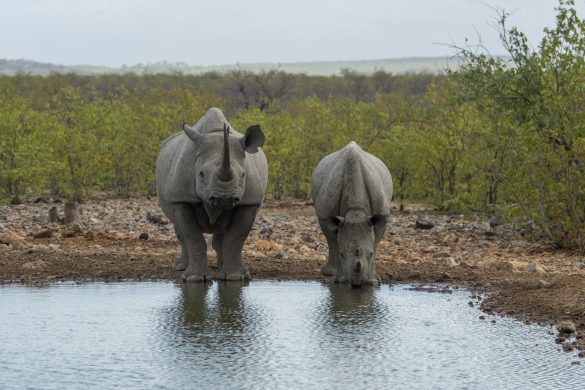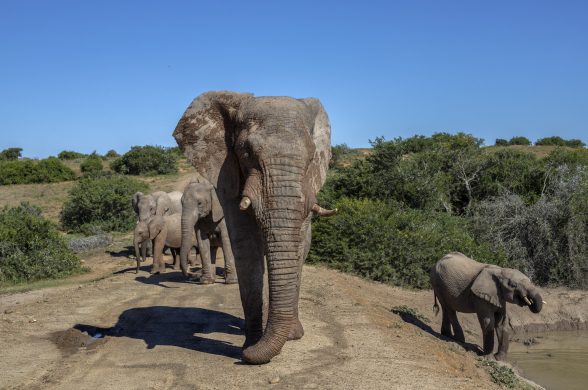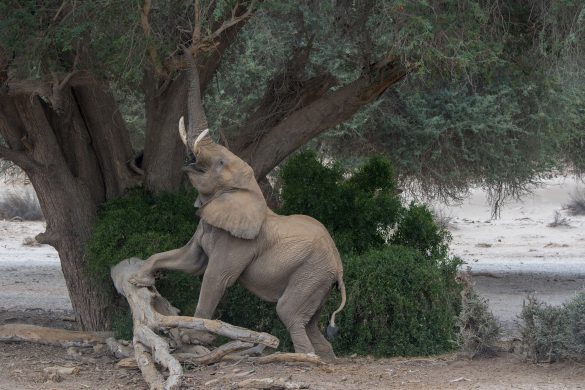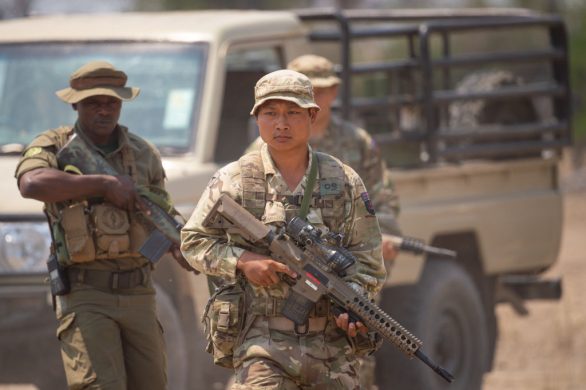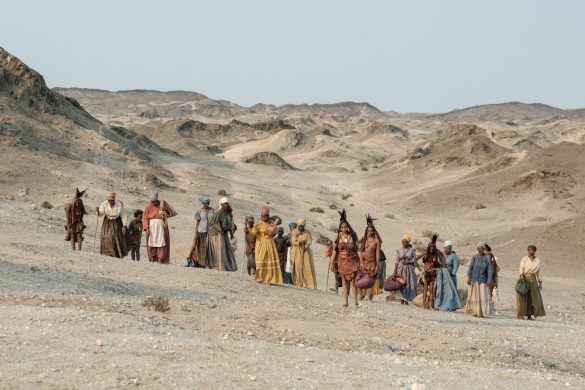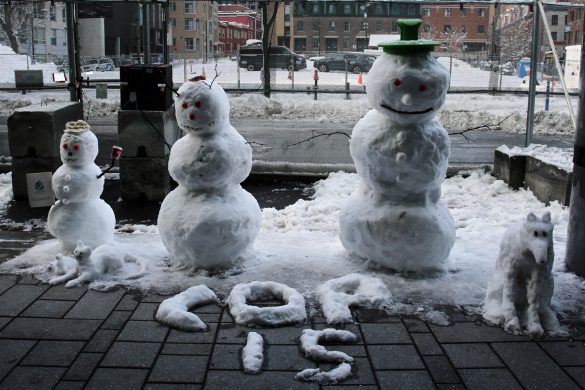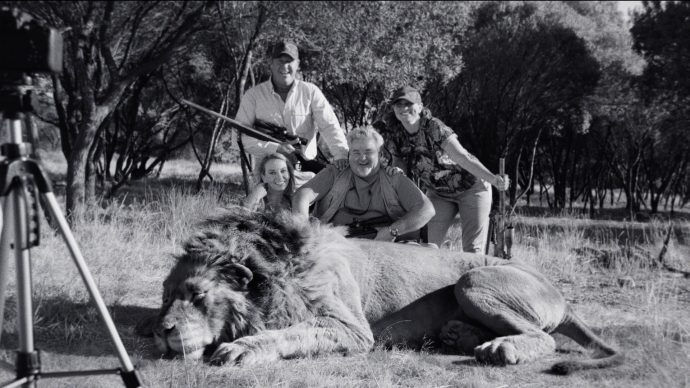Især den nordlige del er hærget, og markerne forvandet til støv – præsidenten har erklæret national undtagelsestilstand i det relativt rige og stabile land i Sydvestafrika – to år i rap uden ordentlig regn kan selv de ældste knapt huske.
OPUWO, 12 August 2013 (IRIN): The arid (karrige) hills of Namibia’s northwestern Kunene Region make for a harsh environment at the best of times.
With agriculture limited by the region’s dry, sandy soil, most of the local population rely on livestock farming, leading a semi-nomadic existence dictated by the search for fresh pasture for their cattle and goats.
But following two years of failed rains, pasture is almost non-existent; where there used to be grass, there is now little more than dust.
“The drought is killing everything,” said Teemuime Mbendura, who lives in a Himba homestead, about one hour’s drive north of the regional capital, Opuwo.
The Ovahimba have largely managed to maintain their traditional way of life in northern Namibia, including the women’s practice of applying a mixture of animal fat and ochre to their skin and hair to achieve a distinctive reddish hue.
But increasingly erratic (upålidelig) rains – which are expected to grow even more variable in the future, according to climate change predictions – are threatening the sustainability of their pastoral (nomade) existence.
„The first time in my life‟
Mbendura does not know her age – “Maybe a thousand years,” she says – but she is certain this is the first time in her life that the rains have failed for two consecutive years (i rap).
“The old men used to consult the ancestors (forfædre) to ask for rain, but now there are no old men left at the homestead, and the younger ones don’t do this,” she told IRIN.
The younger men are noticeably absent from the homestead, which consists of huts encircled by a makeshift fence. Most have taken their cattle to distant patches of pasture in an effort to keep them alive.
“My husband is at the cattle post,” said Maikotoka Mbendura, pointing towards some mountains on the horizon. “He has been gone two months. He left us with some maize meal, but it’s not enough. The children are hungry‟, added she.
Mbendura is preparing a watery porridge (grød) for her three year old, using what is left of the maize meal purchased from the sale of a few cattle.
“We are worried the rest will die from the drought; some have died already,” she said, adding that the starving cattle no longer produce milk.
National emergency
Although northern Namibia has been hardest hit by the current drought, the entire country has been affected, according to Hellen Likanda, deputy director of the Directorate of Disaster Risk Management, which is coordinating the drought response.
“People did not harvest enough food in all the regions,” she said.
President Hifikepunye Pohamba declared the drought a national emergency on 17 May after an initial assessment found that 331.000 people were in need of food aid.
That figure has since climbed to over 460.000 and continues to rise, said Likanda, who admitted that the 52.000 metric tonnes of maize meal already distributed by the government was not enough.
Following the emergency declaration, the government allocated 200 million Namibian dollars (20,1 million US dollar) to the drought response.
But Likanda said that more funding was needed and that the government was currently drafting a gap analysis that would be used to appeal to international donors to help meet the shortfall.
The UN Children’s Fund (UNICEF) has launched its own appeal to raise 7,4 million US dollar to respond to the needs of women and children while the International Federation of Red Cross and Red Crescent Societies (IFRC) is appealing for 1,48 million.
Current assistance insufficient
Læs videre på
http://www.irinnews.org/report/98544/severe-drought-taking-heavy-toll-in-northern-namibia


